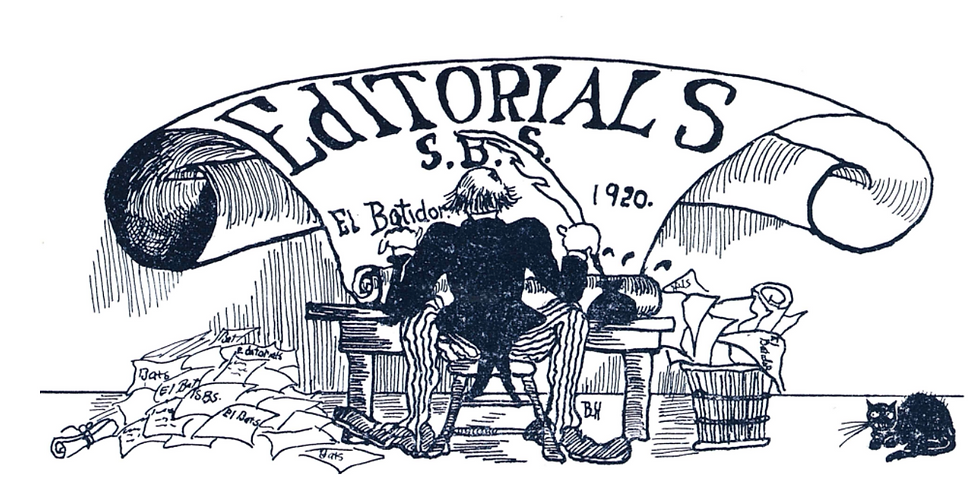Student Perspectives on Recent Dining Hall Changes
- Jasper Shelmerdine
- Oct 15
- 3 min read
By Serena Zhang '28
The Cate dining hall has undergone a series of changes since students last stepped on campus. From two lunch lines to staff-served portions and a brand new schedule, these shifts have sparked plenty of conversation across campus as students discuss the benefits of efficiency and reduced waste against the challenges of limited food availability and more crowded lunch blocks.
When asked about thoughts on the changes in the dining hall, Rosita Power ‘26 brings up the new structure of having two lunch lines instead of one. She describes this new system as “more consistent and clear,” noting how it streamlines the process of getting food during busy lunch hours. Whereas in previous years, when people were sometimes in line for a while waiting to get food, the multiple lines allow for “quick grab-n-gos,” leaving time during the lunch block for students to complete their work, meet with a teacher, or spend time with their friends.
Another notable change in Booth is that dining hall staff now serve students the protein during meals. This is due to the prominent issue of food waste from the dining hall last year. As Violette Hogan ’28 shares on behalf of the Food Committee, which works closely with the kitchen staff, Cate has saved at least 50% of food waste compared to the previous school year. She explains that the school went from “filling three full garbage bins every meal to less than one.”
However, as a vegetarian, Rosita brings up the inconvenience of needing special plates and having to wait a long time for them due to the new addition of serving. She states, “I often have to eat special protein meals such as tofu, but with only one worker serving the meat option, I have to wait a while for them to notice and serve me the food.” This new addition in Booth has also affected others in the community, who point out that the staff often do not know how much food each person needs. William Murray ‘28 speaks of the frustration of not having enough food at meals and not having enough time to go back for seconds. He proclaims, “As a student-athlete, I need to fuel my body every day, but it can be hard to get all my macronutrients and eat a balanced meal when I am being served.” He suggests that instead of relying on the dining hall staff, who may not be aware of a student's eating habits, students should simply be mindful of their portions and only take what they can eat. That way, food waste can be minimized, and students feel satisfied after each meal.
Moreover, students have noticed that the new schedule includes only one lunch block each day for students other than those who are taking an M-block, meaning everyone rushes into Booth simultaneously. This has led to an issue in which less food is left for students eating lunch later due to their M-block. Betsy Peters ‘27 explains how the kitchen seems to be “running out of food because everybody coming beforehand takes it all.” On top of that, having a single lunch period means “Booth gets hit really, really hard at one time, but then it’s pretty empty from then on out.” Betsy describes how it can create “a lot of chaos in the moment.” Nevertheless, after that short amount of time during each day, she appreciates the “peaceful academic day” provided by the long lunch blocks in the new schedule.
While the recent changes in Booth, such as the lines, lunch blocks, and serving, have brought both praise and frustration, they represent a step in a long process of improvement. The student-led Food Committee, together with the dining hall staff, continues to gather feedback from students to enhance the mealtime experience at Cate, making it more enjoyable and environmentally friendly. By incorporating student voices, they aim to create a dining experience that works for everyone, striking a balance between satisfaction and efficiency.



Comments